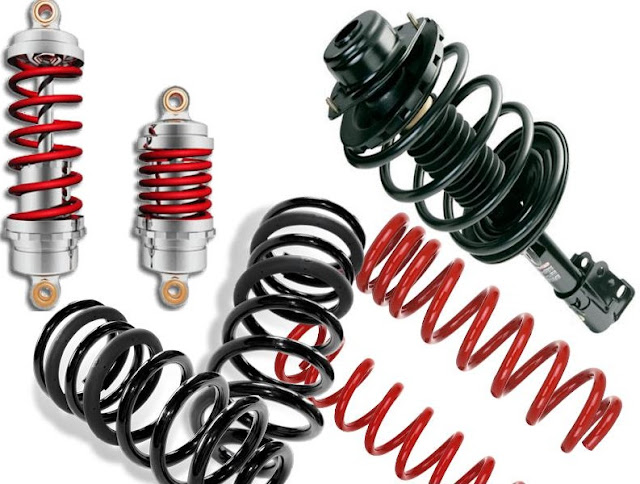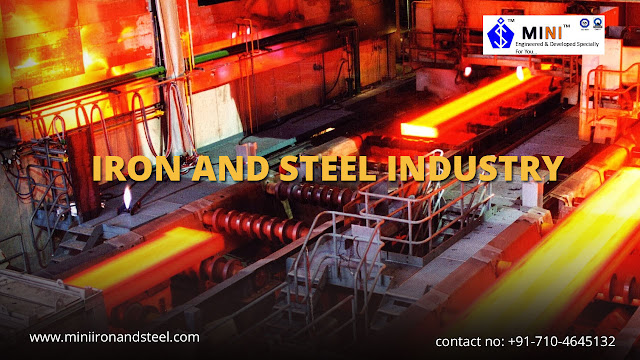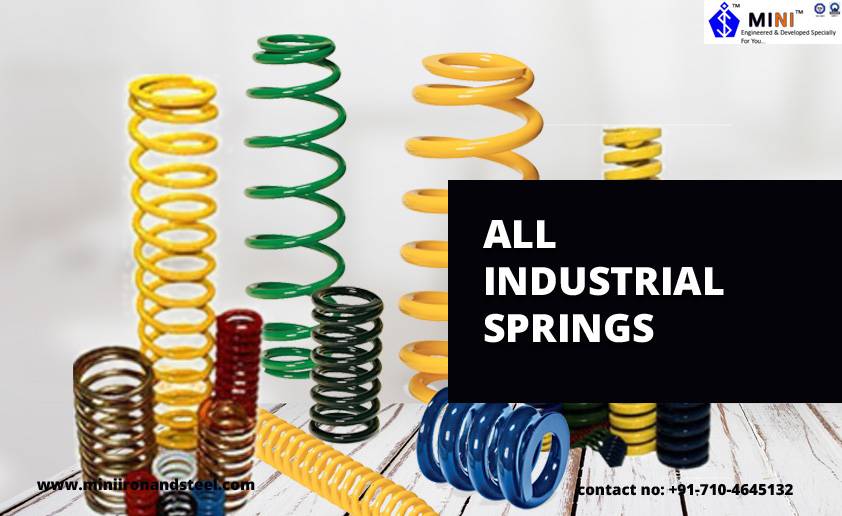Need to Know About Automobile Suspension
Automobile suspension usually refers to shock absorbers or springs located between the automotive tires and the suspended vehicle body, cushioning the discomforts from an irregular running surface, and protecting the passengers from bodily harm. While the lighter vehicles like passenger cars, use shock absorbers, which consist of diverse technology including coil springs, pneumatic, or gas-filled, the bigger vehicles like trucks use flat springs, coil springs, or a healthy combination of both or torsion bars as well as air springs as shock absorbers. You measure the efficiency of a shock absorber by the spring's ability in terms of unit weight to store elastic energy. When the vehicle is running on roads, the springs absorb the shock and scatter the energy using hydraulics to ensure that the vehicle, in spite of the bouncy roads, maintains a proper equilibrium.
Ultimately everything boils down to Newton's laws of motion in which you observe how the association between the efficiency of the engine pushing the vehicle forward and roads surface condition (bouncing the car vertically up and down), are directly proportionate to each other. In other words, whenever you have an extremely smooth road surface, it provides the least resistance to the engine's forward push, resulting in higher running speeds and greater fuel efficiency accruing from minimized friction between the tires and the road. When a road is bumpy, it creates a vertical motion that works against the linear force of the vehicle's engine, retarding its speed and acceleration. The role of the automobile suspension springs would be to reduce these chances of retarded efficiency.
The foregoing write-up suffices for road worthy vehicles which carry passengers and load. When we consider suspension for off-road vehicles, the technicalities are a whole lot different. If you take the example of heavy earth moving equipment such as the JCB, you may appreciate that compared to customer comfort; they give more importance to features like ground clearance, suspension reach, component strength, and stability, necessitating the efficient use of heavy-duty suspension columns and robust long reach shock absorbers. These vehicles mostly use live axle suspensions even today to make sure proper traction and reliability of the four-wheel drive vehicles. Many users, even today, convert their independent front suspension to live axles for the benefits of its robust and rugged design.
There are different types of heavy duty compression springs some of them are replacement springs and helical compression springs.
The foregoing descriptions of automobile suspension almost cover the whole selection. However, the most advanced automobile suspensions in use today are those fitted on fancy sports sedans and cars. The top performance suspensions for these vehicles boast of a design with dual-wishbone or multi-link styles. You can buy these compression springs online.






Comments
Post a Comment